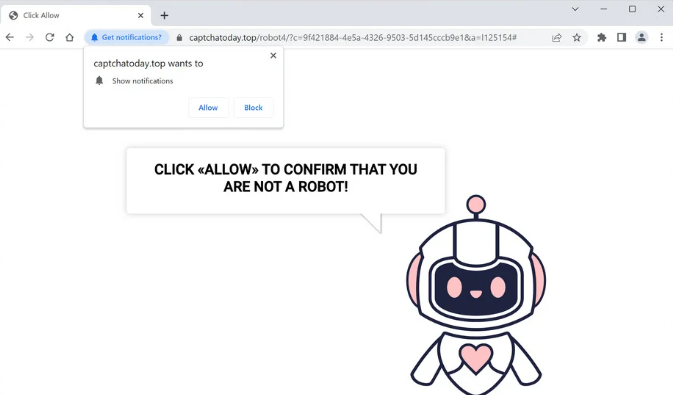What is CaptchaToday.Top pop-up ads
CaptchaToday.Top pop-up ads are caused by users giving CaptchaToday.Top permission to show notifications. The site is misusing a legitimate browser feature that allows sites with permission to show users’ notifications on their desktops. While legitimate sites show useful content, sites like CaptchaToday.Top spam ads, potentially dangerous ones at that. So if you are seeing CaptchaToday.Top pop-up ads on your desktop, you were likely tricked into allowing notifications when you were redirected to the website. Fortunately, you can easily revoke this permission but it’s important that you avoid interacting with the ads until you do.
The “show notifications” feature is legitimate and can be useful in some cases. As long as a website is safe, allowing it to show notifications should cause no issues. It can even be helpful for you to see the notifications if you frequently visit certain websites. If you allow a news website to display notifications, for example, you would get the news right on your desktop. To access the content, you’d only need to click on the notification. If you decide you no longer wish to see the notifications, you can delete this permission without any difficulty.
One negative aspect of this feature is its common misuse by sites like CaptchaToday.Top. They essentially use the feature to spam users with ads. When you get redirected to the site, you will see nothing apart from an image of a robot and a message saying you need to click “Allow” to confirm you’re not a robot. Your browser will also show an alert saying “CaptchaToday.Top wants to show notifications”. If you give this permission, the site will start showing you ads. Considering the site is highly questionable, the ads it will show you will be worse. Avoid interacting with them because you could be exposed to malicious content.
If you frequently get redirected, we strongly advise using an anti-virus program to check for an adware infection. The redirects may also be caused by the questionable websites you visit. In this situation, downloading an adblocker program would help to resolve the issue. If it is adware, the only method to stop the redirects would be to remove it.
An adware infection may trigger the redirects
It’s not uncommon to be redirected when browsing high-risk websites. If you frequently get redirected while visiting a certain website, there’s obviously a problem there. Due to the ads they subject users to, many websites are classified as high-risk. For instance, websites with pirated or pornographic content are often viewed as high-risk due to their questionable ads. When you engage with anything on those websites, a redirect is triggered more often than not. When dealing with annoying ads, adblocker programs are usually very useful.
However, your computer may be infected with adware if you notice that you are being redirected more frequently and seemingly for no reason. Adware is a relatively mild infection that causes more irritation than actual harm. However, it does spam users with ads and triggers redirects, which is not only bothersome but could possibly be dangerous. If you’re curious about how adware entered your computer, it did so through a method known as software bundling. Free software sometimes comes with added offers like adware, browser hijackers, and similar infestations. These offers can install alongside without explicit permission.
The offers are technically optional, but users must manually deselect them to prevent installation. However, because the offers are concealed in settings that users don’t usually use, users can’t uncheck the offers. Fortunately, you can easily prevent these unwanted installations if you pay attention when installing free software. During installation, be careful to choose Advance (Custom) settings rather than Default. While using Default settings is recommended by the installation window, doing so will allow all additional offers to install without your permission alongside the software you are installing. If you choose Advanced settings, however, every offer will be shown to you and you will be able to deselect it.
In general, regardless of whether an offer seems useful or not, we advise deselecting them all. No legitimate program will ever use this dubious installation technique. Additionally, programs that do use it are typically flagged as potential threats by anti-virus programs.
How to stop CaptchaToday.Top Pop-up ads
If you have given the site permission, you should revoke it unless you prefer seeing advertisements on your desktop. Although the process is straightforward, if you’re unsure about what to do, you can use the instructions provided directly below. In addition to removing CaptchaToday.Top, you should also remove any other unknown websites that have permission.
- Mozilla Firefox: Open the menu (the three bars at the top-right corner), click Options, then Privacy & Security. Scroll down to Permissions, press Settings next to Notifications, and remove CaptchaToday.Top and any other questionable websites from the list. It’s possible to permanently turn off push notification requests by checking the “Block new requests asking to allow notifications” box in the same Notifications settings.
- Google Chrome: Open the menu (the three dots top-right corner), then Settings, then Privacy and security, then Site Settings. Click on Notifications under Permissions, and remove CaptchaToday.Top and any other questionable websites from the list. It’s possible to permanently turn off push notification requests by toggling off “Sites can ask to send notifications”.
- Microsoft Edge: Open the menu (the three dots top-right corner), then Settings, then Cookies and site permissions, then Notifications. Review which sites have permission and remove CaptchaToday.Top and any other questionable websites from the list. It’s possible to permanently turn off push notification requests by toggling off “Ask before sending”.
You need to run a scan of your computer with anti-virus software to see whether it has an adware infection. You also need to install an adblocker program if you are being redirected by websites you visit and it is not adware.
Offers
Download Removal Toolto scan for CaptchaToday.Top pop-up adsUse our recommended removal tool to scan for CaptchaToday.Top pop-up ads. Trial version of provides detection of computer threats like CaptchaToday.Top pop-up ads and assists in its removal for FREE. You can delete detected registry entries, files and processes yourself or purchase a full version.
More information about SpyWarrior and Uninstall Instructions. Please review SpyWarrior EULA and Privacy Policy. SpyWarrior scanner is free. If it detects a malware, purchase its full version to remove it.

WiperSoft Review Details WiperSoft (www.wipersoft.com) is a security tool that provides real-time security from potential threats. Nowadays, many users tend to download free software from the Intern ...
Download|more


Is MacKeeper a virus? MacKeeper is not a virus, nor is it a scam. While there are various opinions about the program on the Internet, a lot of the people who so notoriously hate the program have neve ...
Download|more


While the creators of MalwareBytes anti-malware have not been in this business for long time, they make up for it with their enthusiastic approach. Statistic from such websites like CNET shows that th ...
Download|more
Quick Menu
Step 1. Uninstall CaptchaToday.Top pop-up ads and related programs.
Remove CaptchaToday.Top pop-up ads from Windows 8
Right-click in the lower left corner of the screen. Once Quick Access Menu shows up, select Control Panel choose Programs and Features and select to Uninstall a software.
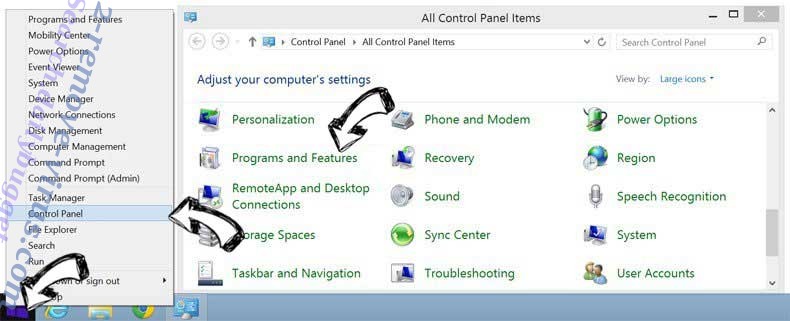

Uninstall CaptchaToday.Top pop-up ads from Windows 7
Click Start → Control Panel → Programs and Features → Uninstall a program.


Delete CaptchaToday.Top pop-up ads from Windows XP
Click Start → Settings → Control Panel. Locate and click → Add or Remove Programs.
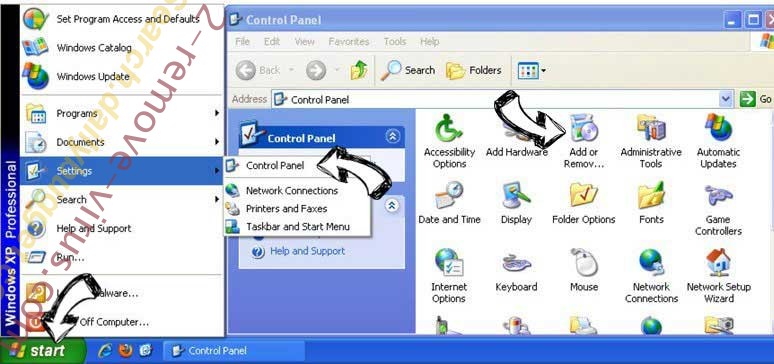

Remove CaptchaToday.Top pop-up ads from Mac OS X
Click Go button at the top left of the screen and select Applications. Select applications folder and look for CaptchaToday.Top pop-up ads or any other suspicious software. Now right click on every of such entries and select Move to Trash, then right click the Trash icon and select Empty Trash.


Step 2. Delete CaptchaToday.Top pop-up ads from your browsers
Terminate the unwanted extensions from Internet Explorer
- Tap the Gear icon and go to Manage Add-ons.

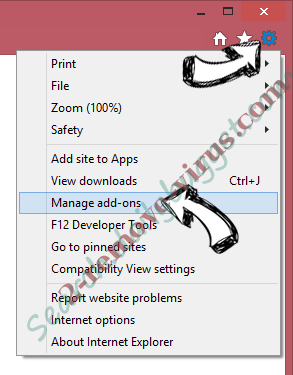
- Pick Toolbars and Extensions and eliminate all suspicious entries (other than Microsoft, Yahoo, Google, Oracle or Adobe)

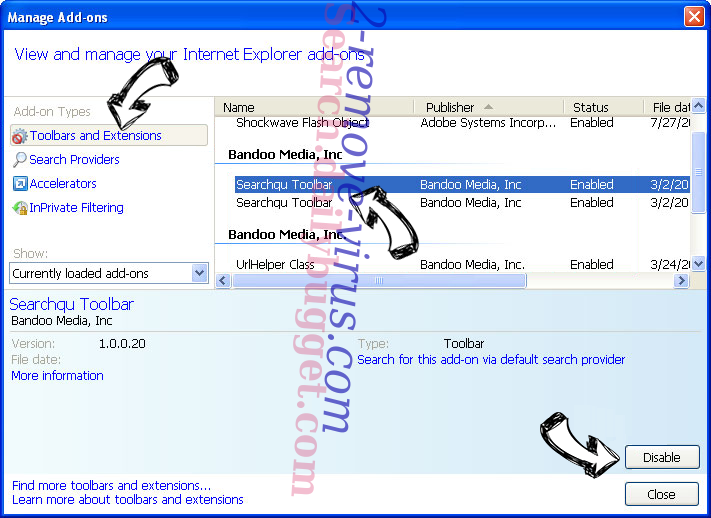
- Leave the window.
Change Internet Explorer homepage if it was changed by virus:
- Tap the gear icon (menu) on the top right corner of your browser and click Internet Options.

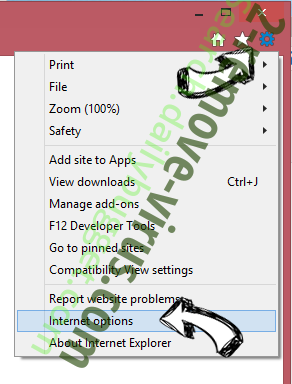
- In General Tab remove malicious URL and enter preferable domain name. Press Apply to save changes.

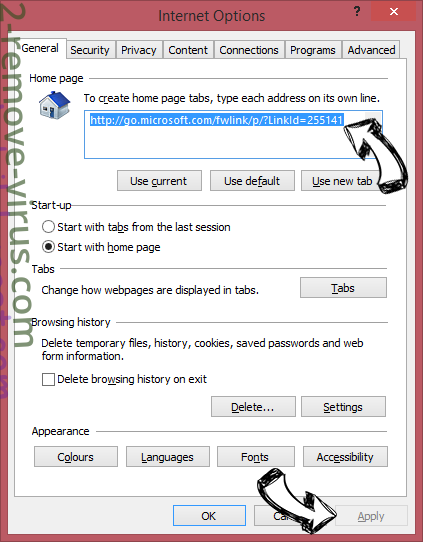
Reset your browser
- Click the Gear icon and move to Internet Options.

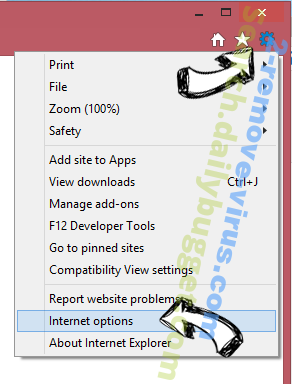
- Open the Advanced tab and press Reset.

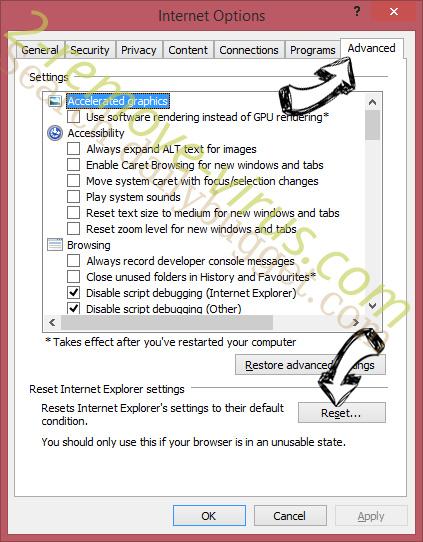
- Choose Delete personal settings and pick Reset one more time.

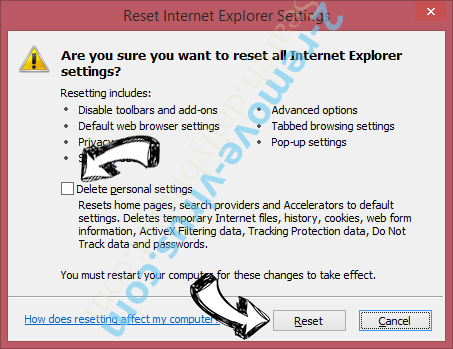
- Tap Close and leave your browser.

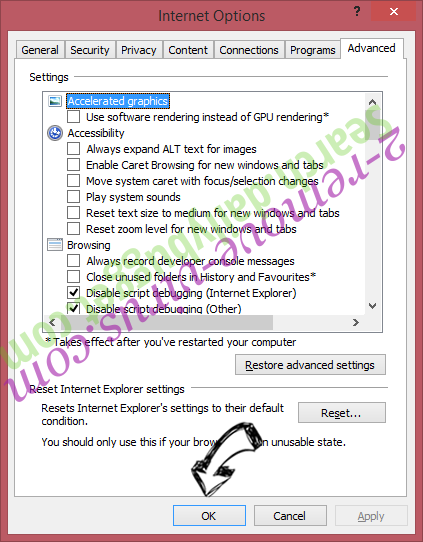
- If you were unable to reset your browsers, employ a reputable anti-malware and scan your entire computer with it.
Erase CaptchaToday.Top pop-up ads from Google Chrome
- Access menu (top right corner of the window) and pick Settings.

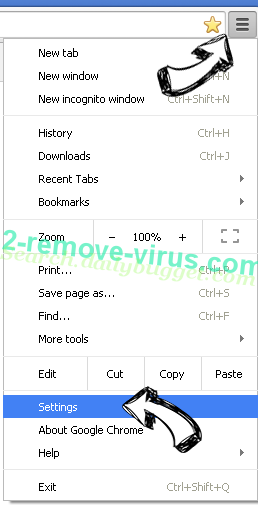
- Choose Extensions.

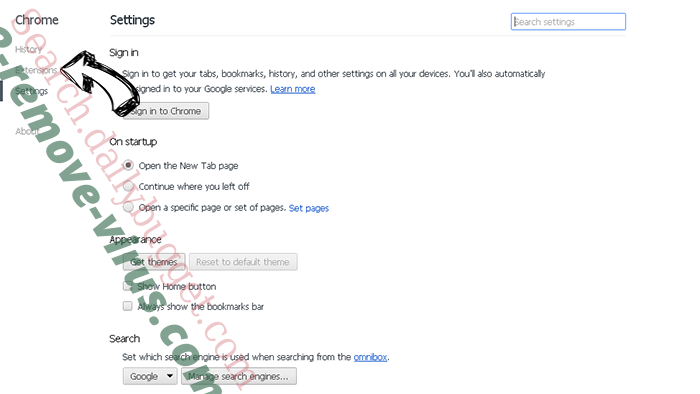
- Eliminate the suspicious extensions from the list by clicking the Trash bin next to them.

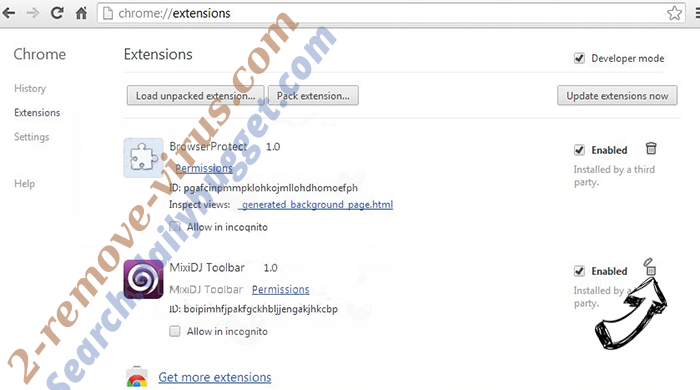
- If you are unsure which extensions to remove, you can disable them temporarily.

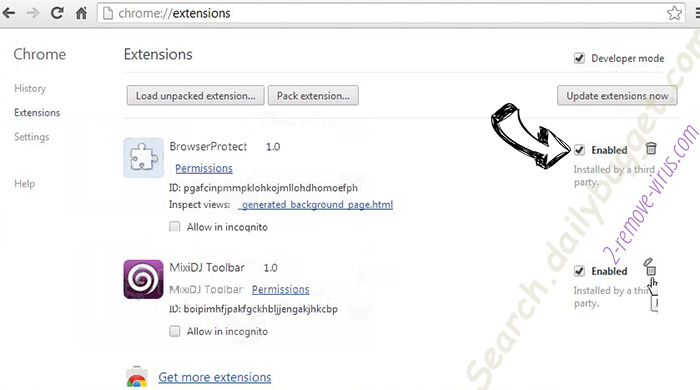
Reset Google Chrome homepage and default search engine if it was hijacker by virus
- Press on menu icon and click Settings.

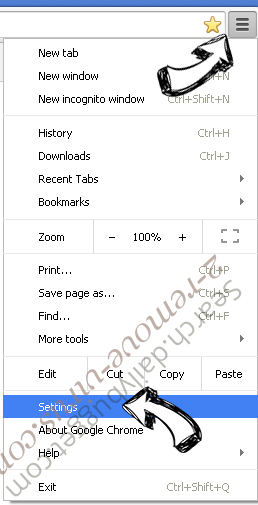
- Look for the “Open a specific page” or “Set Pages” under “On start up” option and click on Set pages.

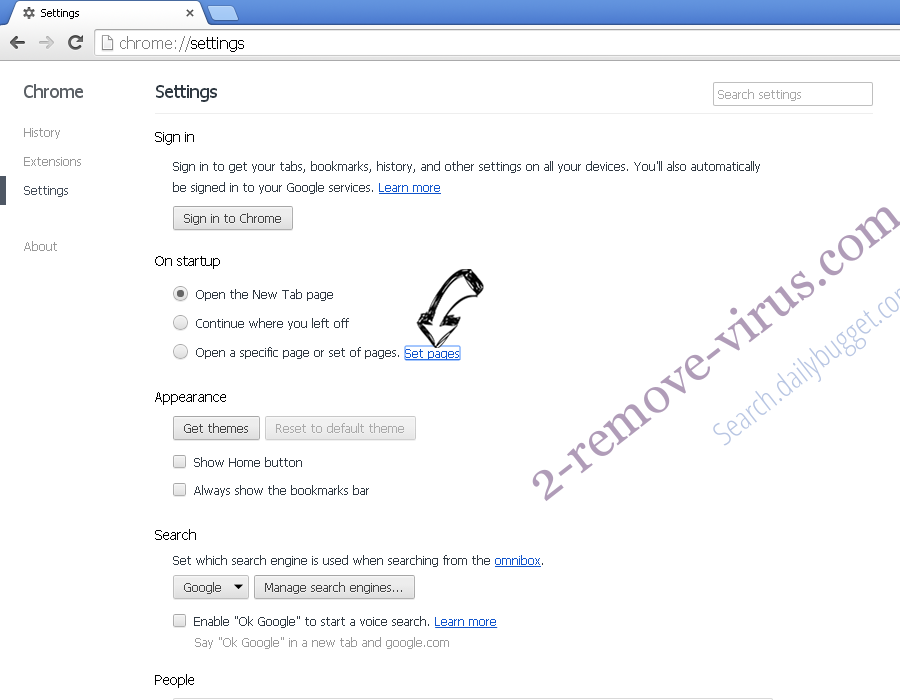
- In another window remove malicious search sites and enter the one that you want to use as your homepage.

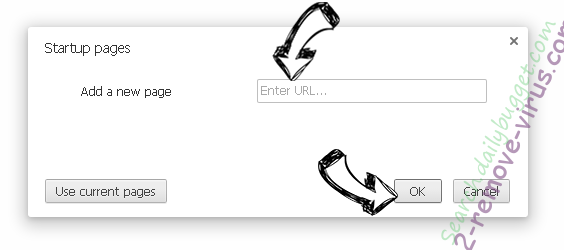
- Under the Search section choose Manage Search engines. When in Search Engines..., remove malicious search websites. You should leave only Google or your preferred search name.




Reset your browser
- If the browser still does not work the way you prefer, you can reset its settings.
- Open menu and navigate to Settings.

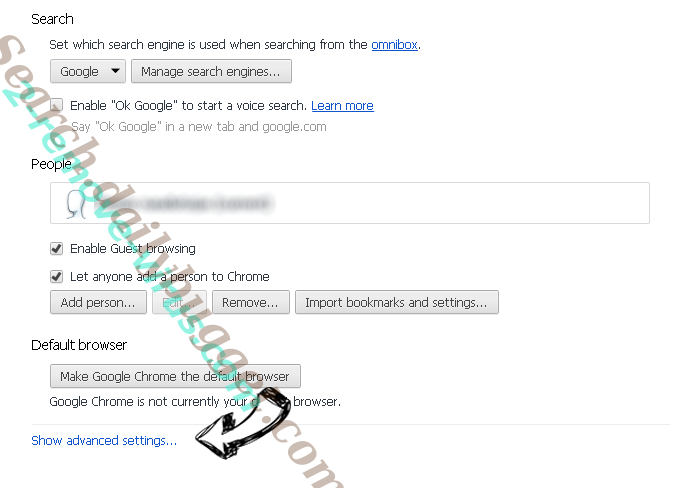
- Press Reset button at the end of the page.

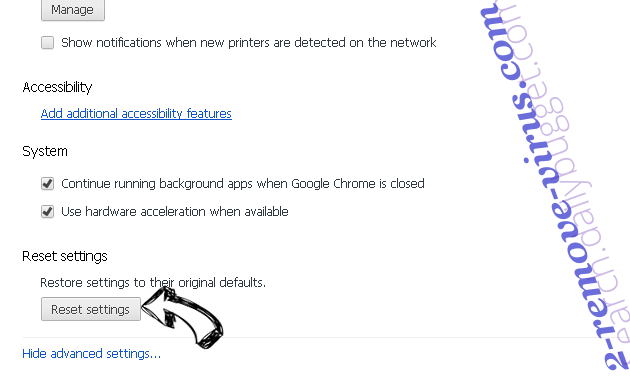
- Tap Reset button one more time in the confirmation box.

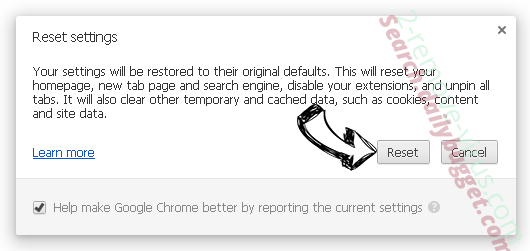
- If you cannot reset the settings, purchase a legitimate anti-malware and scan your PC.
Remove CaptchaToday.Top pop-up ads from Mozilla Firefox
- In the top right corner of the screen, press menu and choose Add-ons (or tap Ctrl+Shift+A simultaneously).

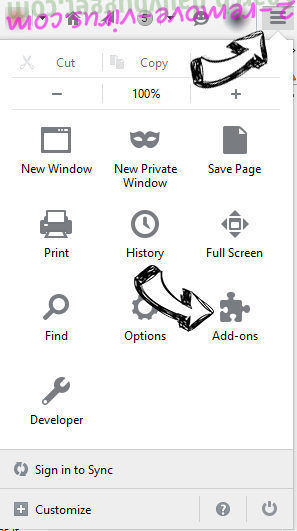
- Move to Extensions and Add-ons list and uninstall all suspicious and unknown entries.

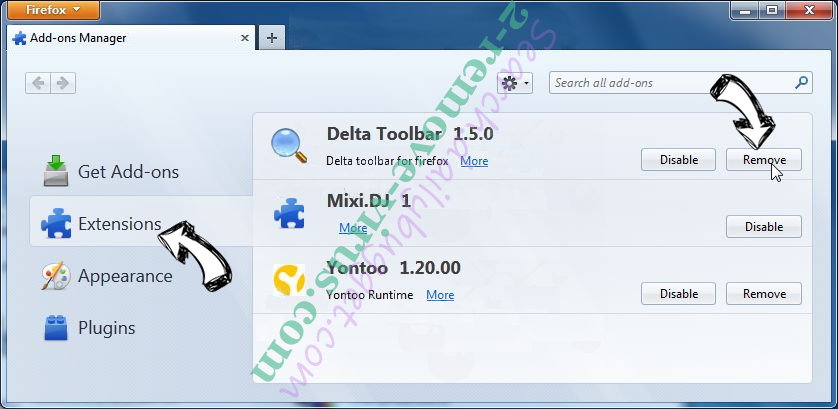
Change Mozilla Firefox homepage if it was changed by virus:
- Tap on the menu (top right corner), choose Options.

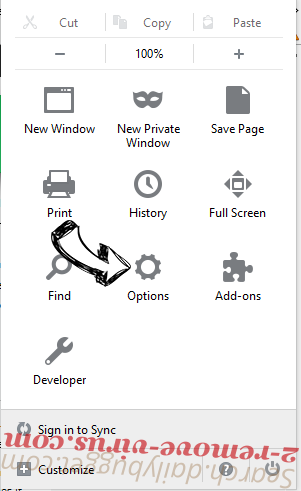
- On General tab delete malicious URL and enter preferable website or click Restore to default.

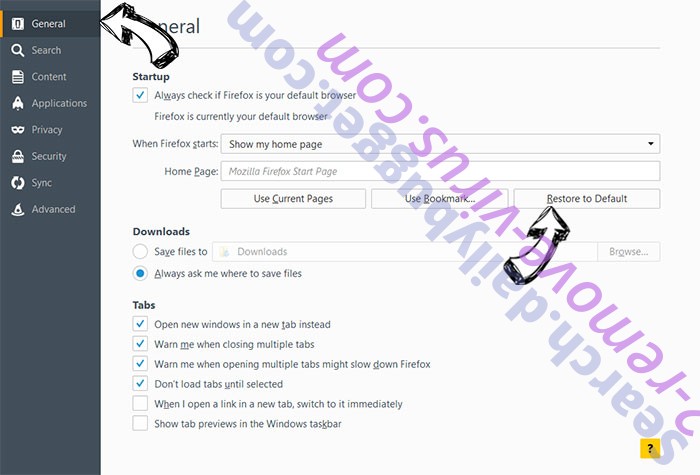
- Press OK to save these changes.
Reset your browser
- Open the menu and tap Help button.

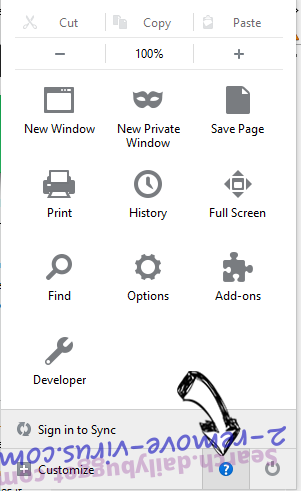
- Select Troubleshooting Information.

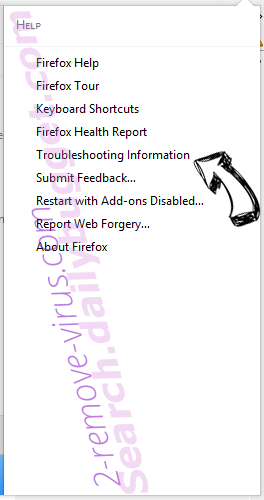
- Press Refresh Firefox.

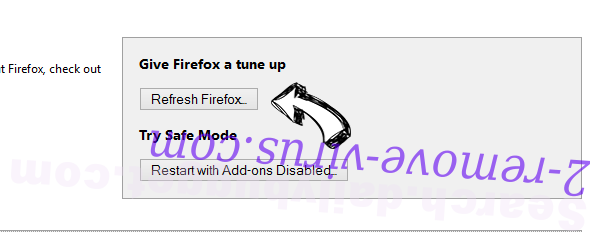
- In the confirmation box, click Refresh Firefox once more.

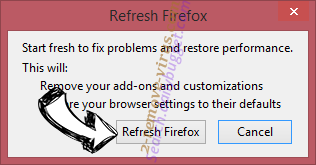
- If you are unable to reset Mozilla Firefox, scan your entire computer with a trustworthy anti-malware.
Uninstall CaptchaToday.Top pop-up ads from Safari (Mac OS X)
- Access the menu.
- Pick Preferences.


- Go to the Extensions Tab.


- Tap the Uninstall button next to the undesirable CaptchaToday.Top pop-up ads and get rid of all the other unknown entries as well. If you are unsure whether the extension is reliable or not, simply uncheck the Enable box in order to disable it temporarily.
- Restart Safari.
Reset your browser
- Tap the menu icon and choose Reset Safari.

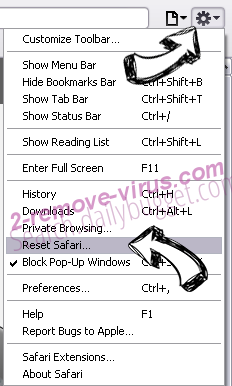
- Pick the options which you want to reset (often all of them are preselected) and press Reset.

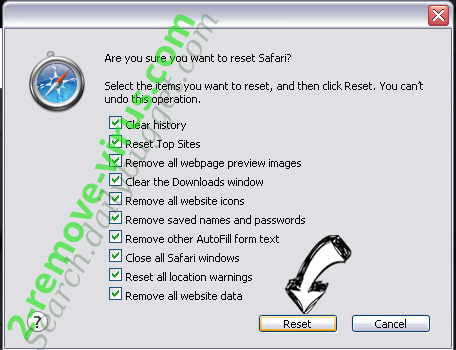
- If you cannot reset the browser, scan your whole PC with an authentic malware removal software.
Site Disclaimer
2-remove-virus.com is not sponsored, owned, affiliated, or linked to malware developers or distributors that are referenced in this article. The article does not promote or endorse any type of malware. We aim at providing useful information that will help computer users to detect and eliminate the unwanted malicious programs from their computers. This can be done manually by following the instructions presented in the article or automatically by implementing the suggested anti-malware tools.
The article is only meant to be used for educational purposes. If you follow the instructions given in the article, you agree to be contracted by the disclaimer. We do not guarantee that the artcile will present you with a solution that removes the malign threats completely. Malware changes constantly, which is why, in some cases, it may be difficult to clean the computer fully by using only the manual removal instructions.
